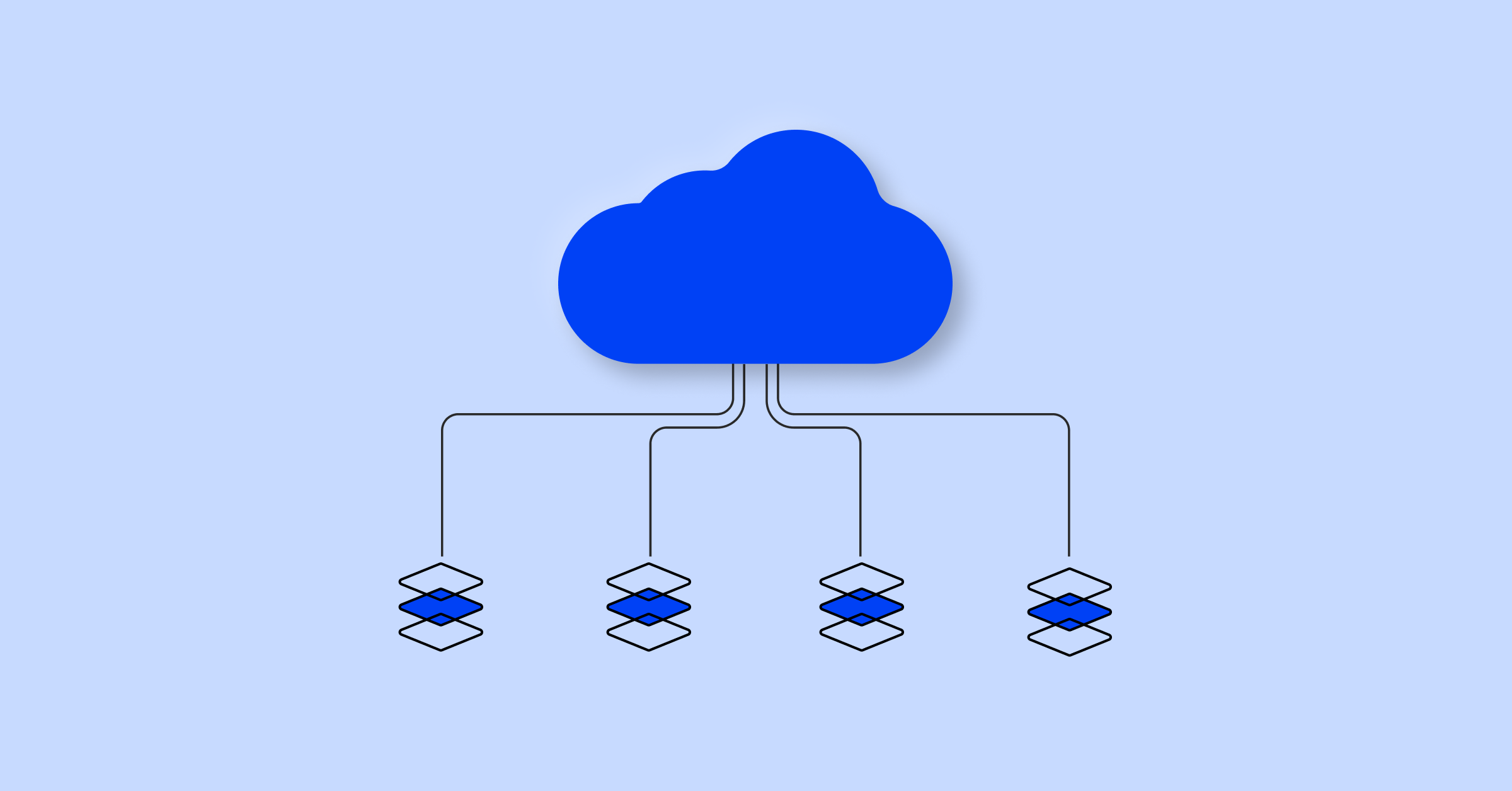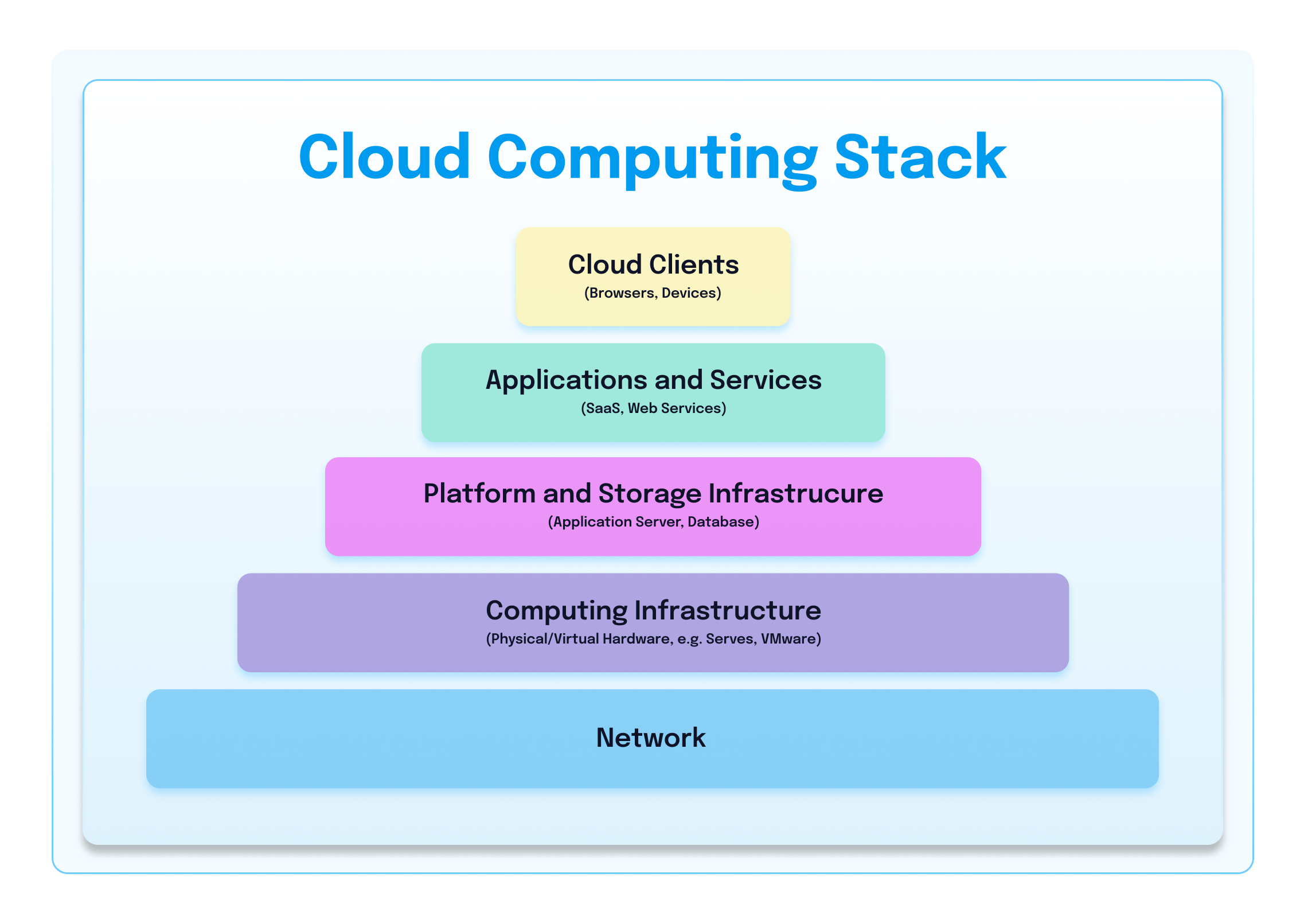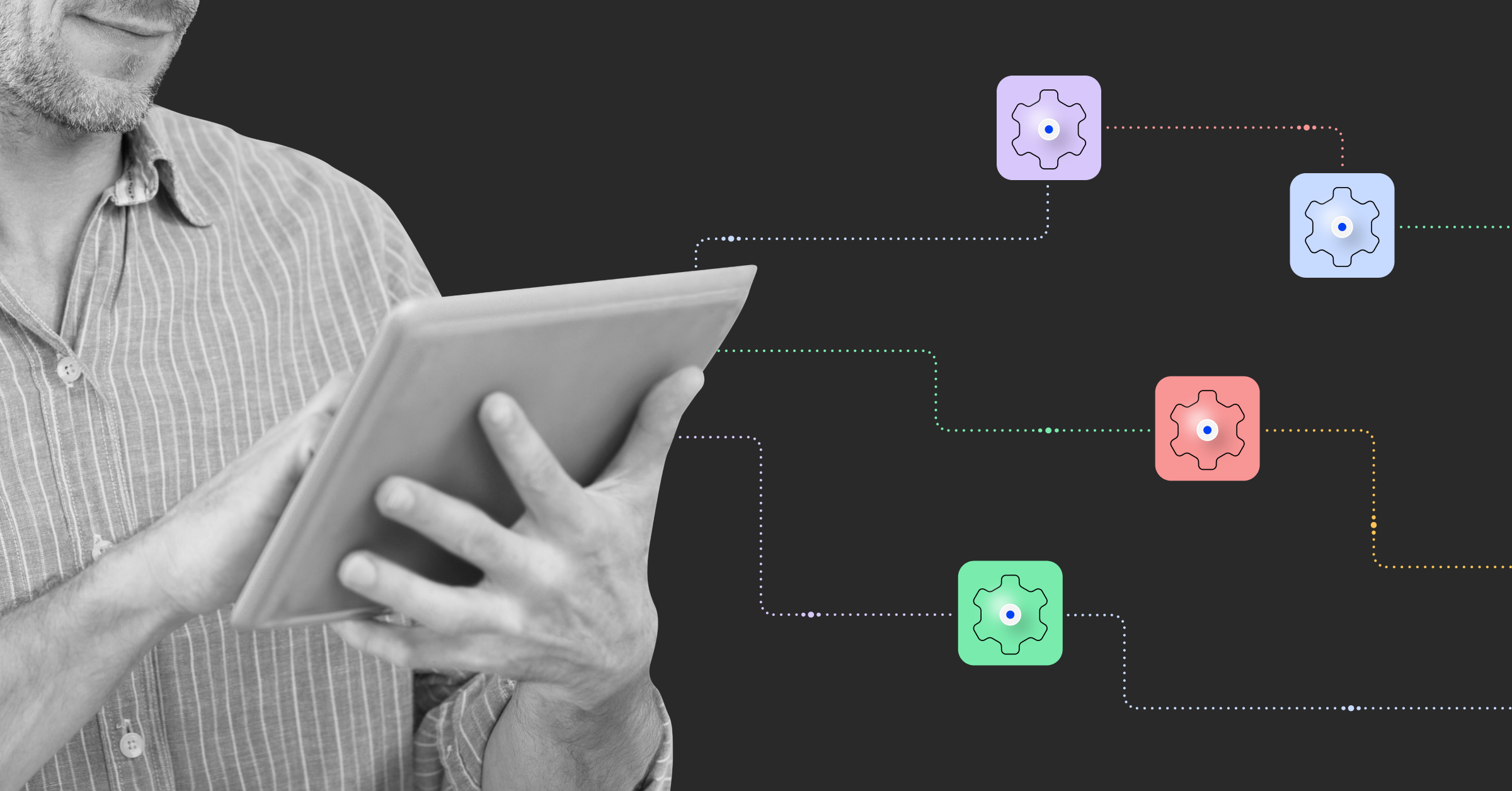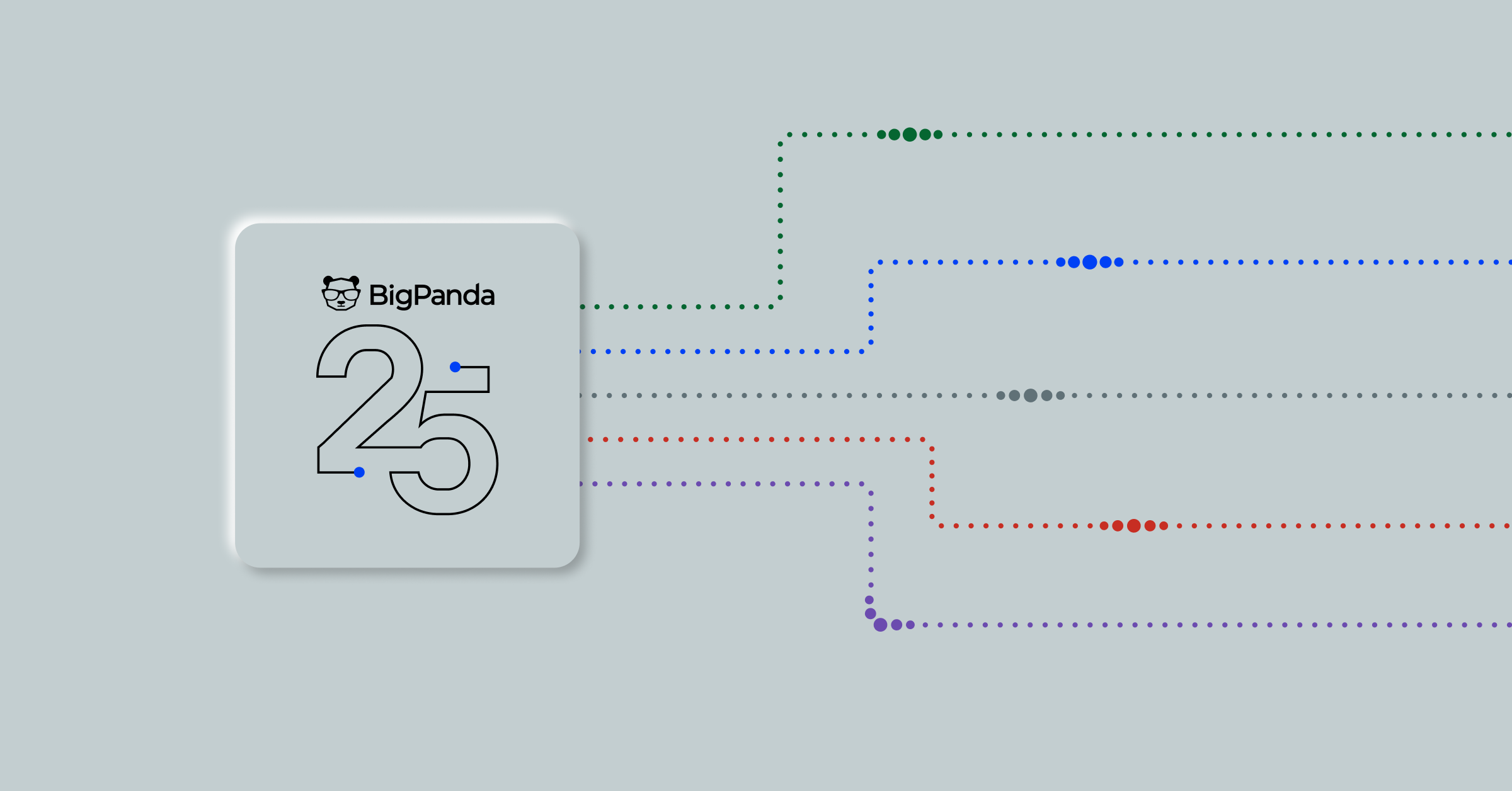How to optimize your cloud infrastructure management

As on-premises infrastructure and workloads increasingly migrate to the cloud, you’ve undoubtedly encountered many challenges in managing complex cloud architectures. These hurdles include juggling cost-efficiency and security to maintain a seamless, high-performance infrastructure.
Navigating your cloud infrastructure landscape requires thoroughly understanding its virtualized elements—servers, software, network devices, and storage. Cloud infrastructure management provides essential visibility into these elements and enables on-demand, decentralized IT resource management.
This article will dive into cloud infrastructure management and offer insights and strategies to navigate these complexities. Learn how to ensure your cloud ecosystem is operational and fully optimized for a dynamic digital landscape. Read on to learn:
- What is cloud infrastructure management?
- How does cloud infrastructure work in private, public, and hybrid environments?
- Key components of cloud computing infrastructure
- Common challenges of managing a cloud and hybrid cloud environment
- Cloud infrastructure management features
- How AIOps supports cloud infrastructure management
- Improve your cloud management strategies with BigPanda
What is cloud infrastructure management?
Cloud infrastructure management involves comprehensive oversight and control over your cloud components. This includes overseeing servers, software, network devices, and services that support cloud services.
Management tasks include configuring and maintaining cloud resources, ensuring efficient operation and scalability, managing security and compliance, and optimizing the performance and cost-effectiveness of the cloud infrastructure.
How does cloud infrastructure work across private, public, and hybrid environments?
Private cloud: In a private cloud, cloud infrastructure is dedicated solely to one organization. This gives enhanced security and control and is often tailored to meet specific business and compliance requirements.
Public cloud: In the public cloud model, third-party cloud service providers own and manage cloud infrastructure. This offers scalable and cost-effective resources with the flexibility to serve a wide range of users and applications.
Hybrid cloud: Hybrid cloud leverages both private and public cloud infrastructures. This allows organizations to balance control and flexibility by keeping sensitive workloads on-premises while utilizing the public cloud for scalable and varied services.
Key components of cloud computing infrastructure
Cloud infrastructure is the foundation of cloud computing services. However, essential components remain consistent across private cloud, public cloud, hybrid cloud, and community environments:
- Network: Internet communication channels enable seamless data transfer from back-end cloud systems to end-user devices, establishing crucial connectivity for cloud services.
- Hardware: Physical devices, including servers, switches, and routers, are the foundational hardware in cloud settings, supporting the infrastructure.
- Virtualization: A hypervisor sits atop the hardware, dividing elements like memory, processors, and storage into virtual machines (VM), enhancing resource utilization.
- Storage: Distributed file systems within cloud computing ensure scalable and secure data and backup storage solutions, facilitating efficient management.
- Abstraction layer: Virtualizes and logically presents resources and services to users through application programming interfaces and API-enabled command-line or graphical interfaces.
Common challenges of managing a cloud and hybrid cloud environment
Managing cloud and hybrid cloud environments involves addressing issues to ensure seamless integration across platforms, maintain security and compliance, optimize resource allocation, and achieve visibility across diverse and complex infrastructures.
Visibility
- Cloud environment: Limited visibility into the infrastructure may hinder the ability to monitor and troubleshoot issues effectively. Lack of comprehensive insights into cloud resources can lead to performance bottlenecks and security blind spots.
- Hybrid cloud environment: Achieving unified visibility across on-premises and cloud-based resources can be challenging. Inconsistent monitoring tools may result in gaps, making maintaining a holistic view of the entire infrastructure difficult.
Siloed data and services
- Cloud environment: Siloed data and services within different cloud providers or regions can lead to inefficiencies. Data fragmentation may hinder seamless collaboration and data analysis, impacting overall business agility.
- Hybrid cloud environment: Integration challenges between on-premises and cloud-based services can result in siloed data. The inability to synchronize and share data seamlessly may impede data-driven decision-making processes.
Cloud security concerns
- Cloud environment: Ensuring robust security protocols and compliance across various cloud services can be complex. Misconfigurations, inadequate access controls, and evolving vulnerability landscapes pose significant security challenges.
- Hybrid cloud environment: Bridging security gaps between on-premises and cloud components introduces additional complexities. Coordinating security policies and measures across diverse environments is crucial for safeguarding sensitive data.
Compliance and governance
- Cloud environment: Adhering to regulatory compliance standards across different regions and ensuring cloud services comply with industry-specific regulations is a continuous challenge.
- Hybrid cloud environment: Maintaining consistent compliance and governance policies between on-premises and cloud components requires careful orchestration. Misalignment may result in compliance violations and legal consequences.
Resource orchestration and optimization
- Cloud environment: Managing and optimizing cloud resources to control costs and enhance performance isn’t easy. Balancing resource allocation with fluctuating demand is also complex without proper orchestration.
- Hybrid cloud environment: Coordinating resources between on-premises infrastructure and cloud services requires seamless integration. Inconsistent resource utilization and allocation may lead to inefficiencies and bloated operational costs.
Cloud infrastructure management features
Cloud management tools are pivotal in overseeing and optimizing cloud-based assets and applications. These tools leverage various features to enhance efficiency, automate workflows, and implement cost optimization strategies.
Here are the key features of cloud management tools:
- Automation: Automation is a crucial feature in a cloud management platform, streamlining repetitive tasks and enhancing efficiency. It uses scripts and tools to automate provisioning, scaling, and maintenance processes. Automation ensures consistency, reduces human errors, and accelerates deployment, enabling you to respond quickly to changing demands.
- Compliance and governance: Robust compliance and governance ensure oversight and adherence to regulatory requirements and internal policies. By promptly alerting users to potential issues, cloud management enables quick resolution, providing crucial control over the infrastructure and helping organizations meet compliance standards.
- Security: By leveraging advanced capabilities such as machine learning, cloud management contributes to threat intelligence and detection. Cloud management ensures a collaborative approach to addressing evolving security challenges by streamlining security monitoring and threat management processes, enhancing the overall security posture.
- Monitoring and logging: Cloud management’s monitoring and logging feature enhances cloud observability by providing a comprehensive view of events across environments. Log file analysis gives valuable insights into system behavior, allowing for timely error identification, incident management automation, and performance optimization.
- Performance and cost reporting: Effectively managing cloud computing costs is critical.Performance and cost reporting features address this by providing robust cost management, reporting, and forecasting tools. IT teams can gain an accurate understanding of resource usage for effective resource allocation and cost-effective cloud usage. This feature ensures financial efficiency and informed decision-making in cloud operations.
How AIOps supports cloud infrastructure management
As cloud infrastructures grow increasingly complex and data-driven, the integration of AIOps has become essential for efficient management. AIOps is revolutionizing cloud infrastructure management by enhancing automation, offering real-time analytics and predictive capabilities that streamline operations and help resolve challenges proactively.
- Enhanced visibility and observability
AIOps tools collect and present event and alert data across hybrid, multi-cloud instances to provide a comprehensive, first pane of glassinto the performance and availability of cloud resources.
- Proactive, actionable alerting
AIOps platforms analyze vast amount of monitoring data in real-time to reduce alert fatigue, correlate related alerts into a single incidents and provide the context needed to quick resolve potential issues before they escalate, reducing downtime.
When issues do arise, AIOps can quickly identify the root cause by analyzing correlated alerts with change data to identify what change may have caused a service or performance issue. This saves valuable time and effort to quickly identify the cause of problem to help teams solve issues efficiently.
- Automated remediation actions
AIOps can automate routine tasks and remediation proces in response to identified issues. For example, if it detects a server experiencing high CPU usage, it can automatically trigger defined and known actions to maintain optimal performance.
- Streamlined incident response workflows
AIops can automate and orchestrate various incident management tasks, such as incident detection, investigation and response. This leads to more efficient and streamlined workflow.
Improve your cloud management strategies with BigPanda
BigPanda is an AIOps platform that can significantly elevate your cloud management strategies. Here’s how:
- Multi-cloud Visibility: Ditch siloed data and gain a unified view of your entire cloud infrastructure, regardless of providers like AWS, Azure, or GCP. Imagine a single dashboard displaying metrics, logs, and events across all your cloud resources.
- Proactive Problem Prevention: BigPanda’s AI smarts continuously analyze your cloud data, identifying anomalies and potential issues before they snowball into outages. Think of it as a vigilant AI sentry guarding your cloud, always on the lookout for trouble.
- Faster Resolution, Less Stress: BigPanda automates routine tasks like incident alerting, escalation, and remediation actions. This frees up your IT team to focus on complex issues and strategic initiatives.
- Breaking Down Silos: BigPanda fosters seamless collaboration across various IT teams, including DevOps, SecOps, and NetOps. Imagine everyone on the same page, working together to resolve issues quickly and efficiently.
- Smarter Resource Management: BigPanda’s Unified Analytics gives you end-to-end visibility of incident response workflows across the cloud to help you identify opportunities to improve processes, right-size teams and identify cost-saving opportunities.
Discover the impact of BigPanda through a personalized demo, and witness how it can advance your digital transformation within diverse cloud infrastructures.





